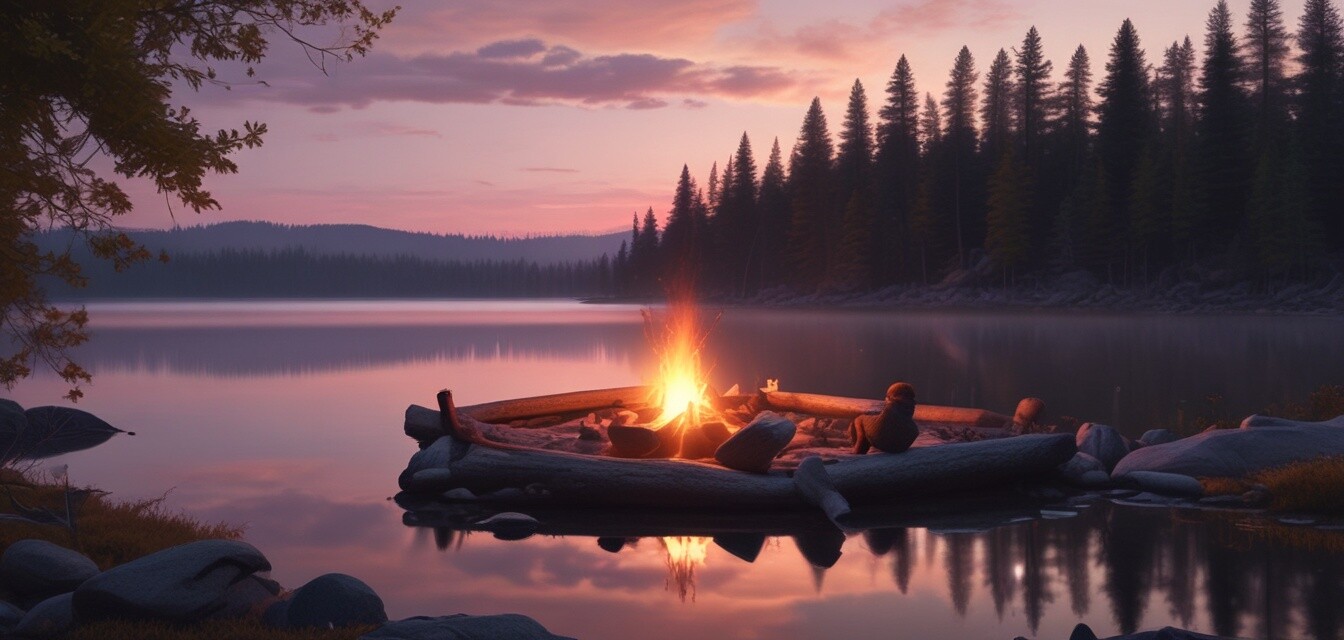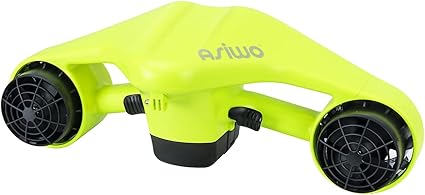
Some links on this website are affiliate links. If you make a purchase through these links, we may earn a commission or you may receive a discount, at no additional cost to you. This helps support our site.
Please also note that Artificial Intelligence (AI) may have been used in the research, content generation, and design of this website. Our aim is to enhance your experience, and we strive for accuracy and transparency in all information presented.
Tips for Setting Up a Safe and Fun Lake Campfire
Key Takeaways
- Always check local regulations about campfires.
- Choose a safe location for your campfire.
- Gather all necessary materials for a safe setup.
- Be aware of safety tips to handle a campfire responsibly.
- Enjoy the experience by incorporating fun activities around the campfire.
Creating a campfire is one of the most enjoyable aspects of camping by the lake. A well-lit fire not only provides warmth but also sets the perfect atmosphere for storytelling, roasting marshmallows, and bonding with friends and family. However, safety should always come first. In this article, we will guide you through the essential steps to set up a safe and delightful campfire at your lake campsite.
Understanding local regulations
Before you even think about lighting a fire, it's crucial to check the local regulations regarding campfires. Some areas may have seasonal restrictions or specific guidelines to follow. You can usually find this information on the official website of the park or the body of water you’re visiting.
Choosing the right location
The next step is to choose a safe location for your campfire. Consider the following factors:
| Factor | Considerations |
|---|---|
| Distance from flammable materials | Keep your fire at least 10-15 feet away from tents, trees, and other items. |
| Wind direction | Check the wind direction to prevent embers from blowing onto flammable objects. |
| Ground surface | Choose a flat area on bare soil or gravel rather than grass or near bushes. |
Gathering the materials
A successful campfire requires the right materials. Here's what you'll need:
- Firestarter: This could be newspaper, dry leaves, or commercial fire starters.
- Tinder: Small twigs, dry grass, or bark to help ignite the fire.
- Kindling: Small branches that will help establish the fire once it starts.
- Fuel wood: Larger logs that will keep your fire burning for hours.
Setting up the fire
Follow these steps to properly set up your campfire:
- Clear the area of any debris around your chosen spot.
- Dig a shallow pit to contain the fire.
- Surround the pit with rocks to help contain the fire.
- Layer your tinder and kindling, then add a firestarter to the mix.
- Light the fire starter and gently blow on the flames to nourish them.
- Once the fire is established, gradually add larger logs.
Safety Tips for handling a campfire
Having fun around the campfire comes with responsibilities. Here are some safety tips to keep in mind:
- Keep a bucket of water or a fire extinguisher nearby for emergencies.
- Never leave the fire unattended; always have an adult present.
- Extinguish the fire completely before leaving the site or going to sleep.
- Do not burn trash or inappropriate materials in the fire.
Fun activities around the campfire
Enhance your campfire experience with enjoyable activities:
- Roasting s'mores or hot dogs is always a crowd-pleaser.
- Tell ghost stories or share personal anecdotes around the flames.
- Sing songs or play simple musical instruments for entertainment.
- Engage in games like “20 Questions” to bond with friends and family.
Wrapping it up
Setting up a campfire at the lake can create lasting memories. By following the tips we've shared, you can ensure a safe and enjoyable experience for everyone in your group. For more insights on enhancing your time at the lake, check out our Tips and Tricks section, and don’t forget essential gear such as portable grills and waterproof backpacks for your next adventure!
Pros
- Creates a cozy atmosphere for socializing.
- Can enhance meal preparation and enjoyment.
- Presents an opportunity to connect with nature.
Cons
- Can pose a fire hazard if not handled correctly.
- Requires maintenance and supervision.
- If not properly extinguished, can lead to wildfires.
